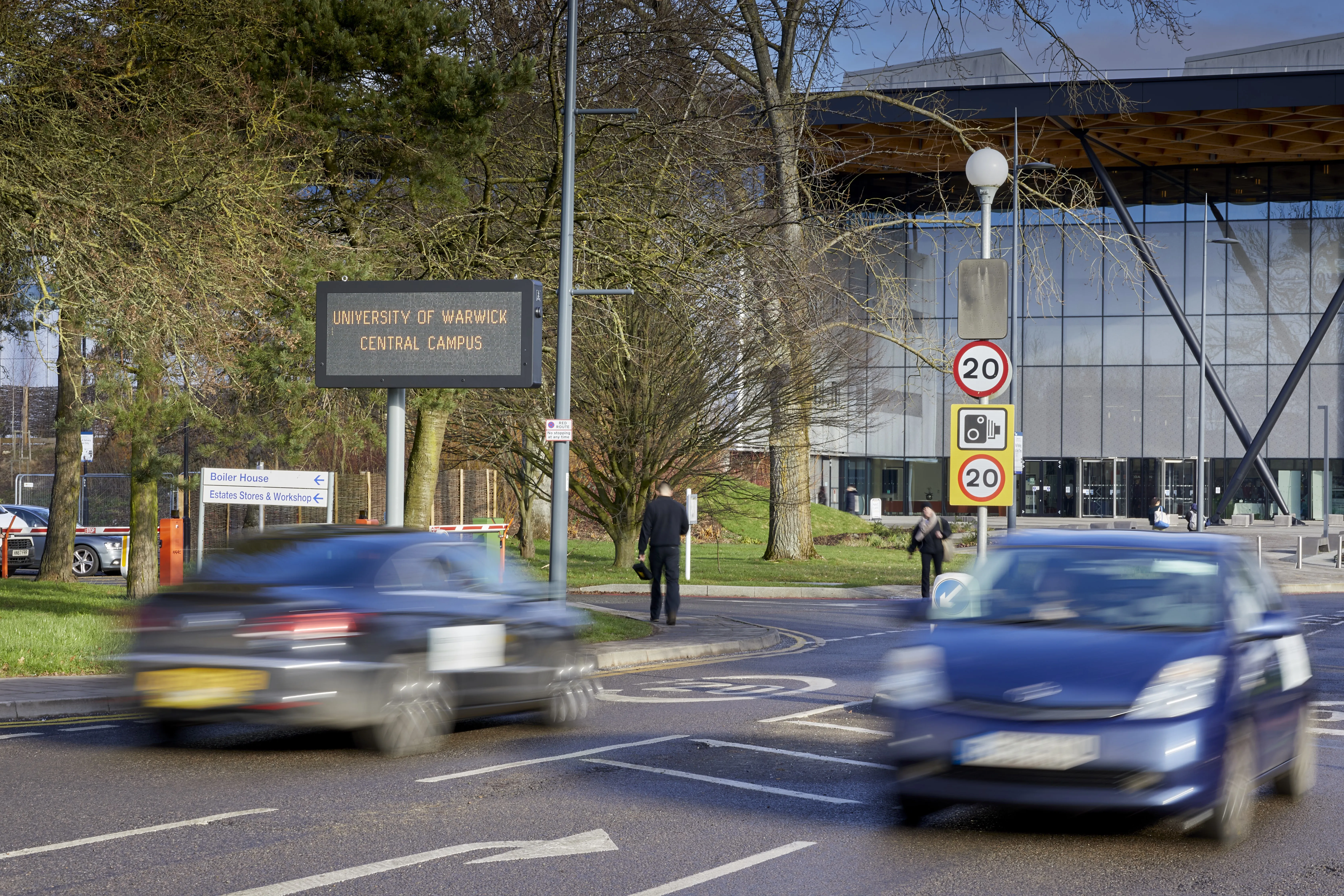Messaging solutions provider SESA recently signed an agreement to develop NTCIP compliant lane control signs (LCS) incorporating a conflict monitoring system as a vital design criterion.
This system will automatically change lane signals that correspond to the counter flow mandate. In multi-lane counter flow commute lanes, if a green arrow is displayed on one LCS, the LCS on its reverse must display a red cross. Timing on all LCS signs will be identical.
Additionally flashing red crosses will be in
November 27, 2014
Read time: 1 min
Messaging solutions provider SESA recently signed an agreement to develop NTCIP compliant lane control signs (LCS) incorporating a conflict monitoring system as a vital design criterion.
This system will automatically change lane signals that correspond to the counter flow mandate. In multi-lane counter flow commute lanes, if a green arrow is displayed on one LCS, the LCS on its reverse must display a red cross. Timing on all LCS signs will be identical.
Additionally flashing red crosses will be in place as pre-emptive warnings to further stimulate awareness and directional flow changes.
The LCS signs will be complemented with additional amber directional down arrows providing a full spectrum of traffic control aspects with additional options should they be requested.
This system will automatically change lane signals that correspond to the counter flow mandate. In multi-lane counter flow commute lanes, if a green arrow is displayed on one LCS, the LCS on its reverse must display a red cross. Timing on all LCS signs will be identical.
Additionally flashing red crosses will be in place as pre-emptive warnings to further stimulate awareness and directional flow changes.
The LCS signs will be complemented with additional amber directional down arrows providing a full spectrum of traffic control aspects with additional options should they be requested.










